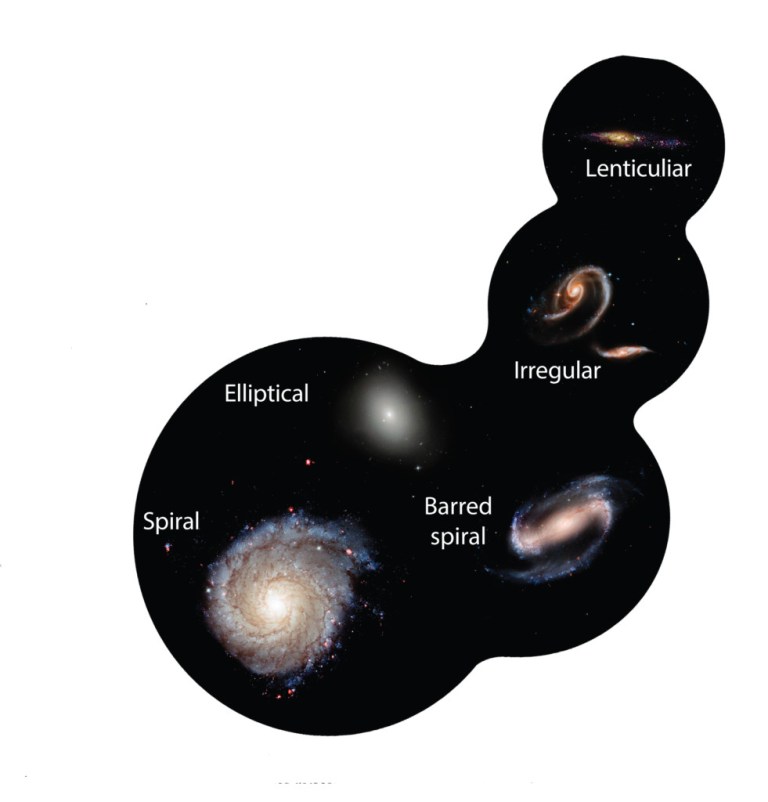News
Peering Back in Galactic Time
 Source: NASA
Source: NASA The astonishing beauty of galaxies visible from Earth has enchanted humanity ever since our ancestors first gazed into the twinkling night and wondrously beheld them. Some galaxies look like elegant whirling spirals or cosmic frisbees, while others look like elliptical blobs or lumpy irregular clumps smeared across the sky. The variety of galactic shapes prompts questions as old as astronomy: why do galaxies form these characteristic shapes? Can elliptical galaxies become spirals, or vice versa?
These are some of the questions that the UC researchers conducting the MOSDEF (MOSFIRE Deep Evolution Field) survey project are asking. The MOSDEF survey is a collaborative, multi-year project led by half a dozen UC researchers including Mariska Kriek, an associate professor in UC Berkeley’s Department of Astronomy. Their aim is to explore how galaxies form and change over time. The survey uses observations of around 1,500 galaxies as they were about nine billion years ago—a feat made possible because these galaxies are so far away that their light is only just now reaching us.
Observing distant galaxies offers astronomers a unique glimpse into the past that other disciplines can’t match. “In biology, you have fossils, but you can’t look at history. We’re really the only science that can directly look back in history,” says Kriek. “If you look at the Sun, you see how it was eight minutes ago, and if you look at different places in the universe, you can see how galaxies look at different points in time and try to understand how galaxies evolve.” Continue reading…
